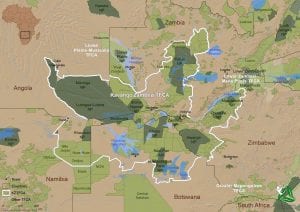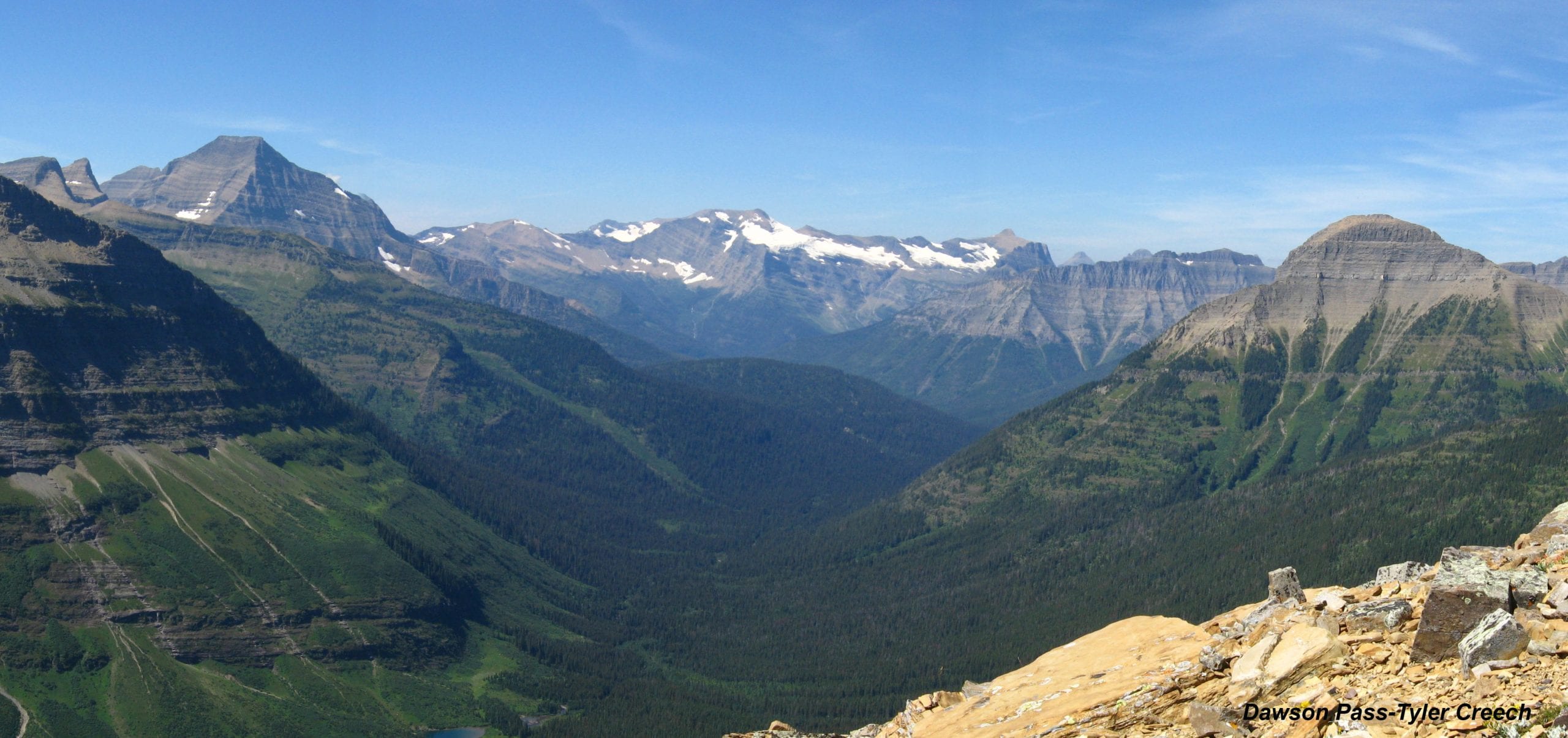May 30, 2020 IUCN ‘Guidelines for Conserving Connectivity through Ecological Networks and Corridors’
Posted at 04:53h
By
Rachel Caldwell The Center for Large Landscape Conservation (
CLLC) is working to mainstream connectivity conservation solutions around the world that save biodiversity, increase resilience to climate change, and safeguard human health. To this end, CLLC supports the new IUCN Guidelines and the operations of the Connectivity Conservation Specialist Group (
CCSG) that was established in 2016 by the International Union for the Conservation of Nature’s (IUCN) World Commission on Protected Areas (WCPA). The current Chair of the CCSG is Dr. Gary Tabor, the founder and President of CLLC.
CCSG will soon release the first-ever IUCN Guidelines for Conserving Connectivity through Ecological Networks and Corridors. The main objective of these Guidelines is to clarify and standardize consistent practices for the effective design, governance, and management of larger conservation networks of protected and conserved areas that are connected by designated ecological corridors.
What Is “Ecological Connectivity”?
As defined by the UN Convention on Migratory Species in February 2020, “ecological connectivity is the unimpeded movement of species and the flow of natural processes that sustain life on Earth”. This definition demonstrates the importance of connectivity conservation solutions, and everything they protect, including invaluable resources like water and nutrient cycling, pollination, seed dispersal, food security, and disease resistance.
About the Guidelines
The Guidelines are the culmination of over two decades of effort by the IUCN, and the result of contributions from more than 100 experts in 30 countries. When complete, they will provide managers, policymakers, and experts across the globe with insights into the science, definitions, and principles for planning and managing for ecological connectivity, as well as 25 case studies illustrating projects around the world.
Why It Matters
Connected ecosystems are more resilient. They support plants, animals, and biological processes and permit them to persist in an increasingly human-dominated world. However, more than half of the planet is now developed and this is threatening human well-being, accelerating species loss, and limiting nature’s ability to withstand the impacts of climate change. Safeguarding ecological connectivity is a proven conservation measure, and the Guidelines bring together the most current knowledge and proven practices to lead a new global effort to combat habitat fragmentation and protect intact ecological networks for conservation.
Key messages
The Guidelines define the spaces meant to maintain, enhance, and restore connectivity; summarize best-available science; and recommend ways to formalize designated ecological corridors and networks with these messages.
- Science overwhelmingly shows that interconnected systems of protected and conserved areas are necessary for species and natural processes to persist in the face of climate change;
- Communities and countries around the world are working to protect ecological connectivity, and more consistent global practices can advance legislation, policy, and action;
- A coherent global approach to connectivity conservation allows for measuring, monitoring, and assessing the effectiveness of efforts to enhance biodiversity conservation.
Example

National parks are in dark green and protected areas are in light green. The Kavango-Zambesi area includes sections of Angola, Zambia, Zimbabwe, Botswana and Namibia and is also home to approximately 2 million people!
The Kavango-Zambesi “Peace Park” project (see map) is an example of the complexity of developing and ensuring ecological connectivity across national borders containing a mosaic of private and public lands. This area contains around one-third of all African elephants on the planet today as well as an extraordinarily rich fauna and flora.
Sound ecological management requires careful planning aimed at ensuring corridors for wildlife moving throughout these multi-jurisdictional landscapes. Using the guidelines, complex areas like this can access and apply globally-agreed-upon standards and best practices for promoting connectivity within protected areas, increasing ecological health across the world.
Learn More




